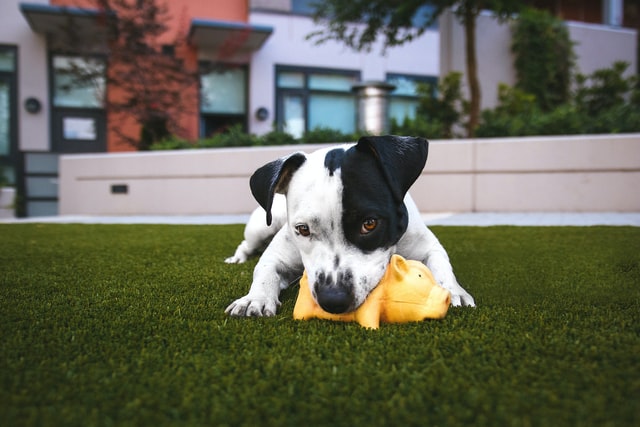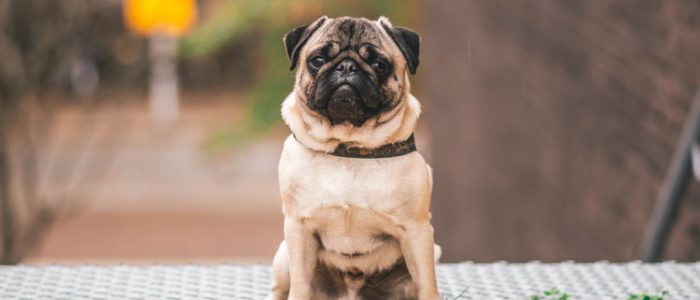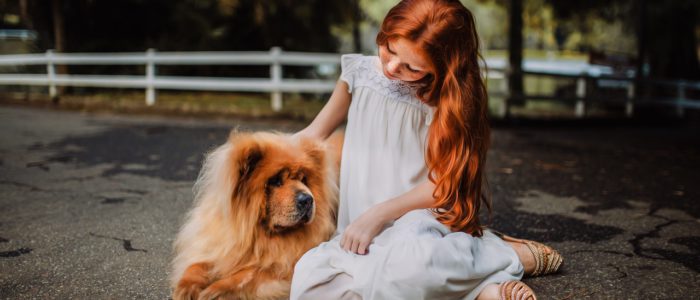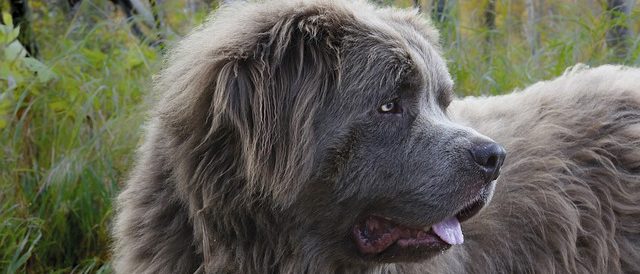Do you walk up to your dog’s bowl and he doesn’t like it? Does he growl if you want to get his toy or any other item he has in his possession? Is your dog threatening guests who want to sit on the couch? Your dog is protecting his territory and resources! To prevent this protection from becoming a conflict between you and him, read this article!
What is the territory and resource protection?
We talk about protecting resources and territory when a dog exhibits a behavior, such as growling or even biting, to keep a human or even another dog away from a “resource” important to him.
It’s kind of his treasure and the dog doesn’t want to share it! A resource can be from:
• the food
• sweets
• toys
• a place or space like the sofa or the bed
• or a person

In short, a resource is anything the dog considers to be of great value. These resources can be contextual and change from day to day.
Protecting resources is normal dog behavior. Indeed, we must not forget that the dog is an opportunistic species. It is therefore natural for the dog to protect what he considers to be his.
We can then observe behaviors such as:
• grunts
• tooth showing
• bite
• spiky hairs
• etc
Protecting resources is therefore natural, but it can be a serious problem if the dog threatens to bite his family, if they want to take something away from him. It is important to know how to teach your dog to have confidence in his master by adopting the right behaviors from an early age.
What does resource protection look like?
Resource protection can apply to a variety of purposes. Some dogs only keep what they hold in their mouths at the moment or when they eat. Other dogs keep toys or other items, even if they don’t seem very interested in them. Some dogs guard the space, like the sofa or the bed. Resource protection can also vary in severity, from a dog that will simply move the object to a dog that scolds or bites if approached.

This guarding behavior can sometimes escalate when the dog feels threatened by a situation. The growl is a warning. Don’t punish your dog for growling, as you risk it going straight to the bite.
What can I do to prevent my dog from protecting his resources?
Whether you have a puppy or an adult dog, the first thing to do is never “steal” his toys or food. Indeed, a popular belief is that we remove the dog’s bowl to teach him to tolerate our presence. This is an entirely false and dangerous idea. This is indeed the best way to induce the dog to want to conserve his resources for the future. So here are some exercises to do to prevent him from conserving his resources!
- 1- Learn to respect your dog. If it is not dangerous or he eats, just leave him alone immediately. He deserves his peace as much as a human.
- 2- Then, associate your presence with something positive! Approach your dog’s bowl while he eats and add a treat (a piece of chicken or cheese) to it. Repeat this simple exercise several times. This teaches the dog that humans who approach his food are not a threat, but rather something cool since another treat is coming.
- 3- You can also feed your dog from time to time by hand to create a strong positive association.
- 4- Teach him the exchange. Make him understand that to give up is to gain something (treats, toys, games with the teacher). When your dog has something, offer to trade it for something he’ll like. Once he leaves his treasure, congratulate him warmly. Remember that the key is to exchange something of greater value. In addition, the dog decides what is of value. Every dog is different. What is a reward for one may not necessarily be for another.
- 5- Always stay calm. This is indeed the key to success. Don’t hit your dog. Don’t chase your dog either. Chase is a reward for some dogs who think you are playing with them.
- If your dog protects his toys, water bowl, or even food from other dogs in the house, remember to keep them separate during meals. You should also leave enough toys to avoid conflicts of interest. The same goes for the water bowl. The abundance of an item makes it less interesting!
My dog is already guarding
If there is a specific object that your dog keeps (a chew toy or a favorite tennis ball), that object will not be allowed to him, until he has learned to share calmly with you. Move the object out of sight. When your dog learns to leave worthless items, you can then give him back more valuable items.
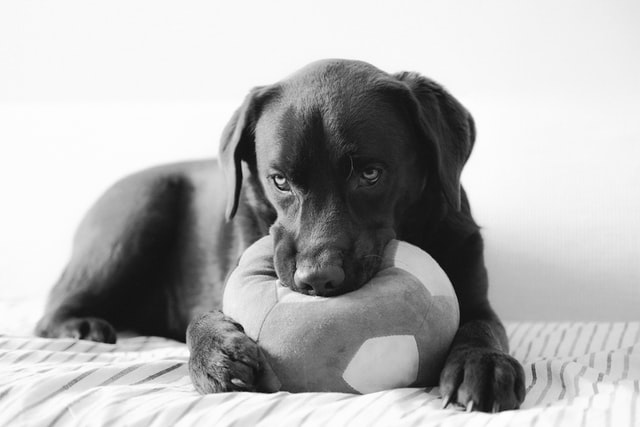
The same principle applies to places. If your dog is guarding the couch, make sure it is uncomfortable and inaccessible. If this is your bed, close the door and deny him access while the “conflict” is resolved.
If your dog seems to protect you when another person approaches, stay at a distance where your dog does not react and associate the presence of others with something positive (treats, games, etc.).
If your dog is protecting these resources aggressively, we recommend that you seek the help of a professional in dog training and behavior directly.
Bottom Line: Protecting resources is a natural behavior for dogs, but it should be managed in such a way that it does not become aggressive behavior. Prevent inappropriate behavior from developing by rewarding desirable behavior. Finally, good management will prevent your dog from getting things that he shouldn’t.
